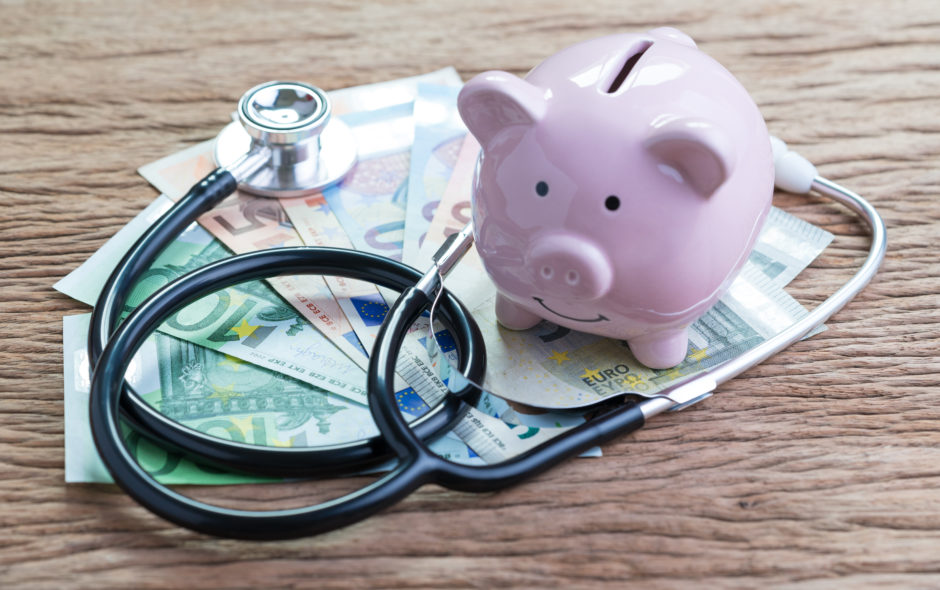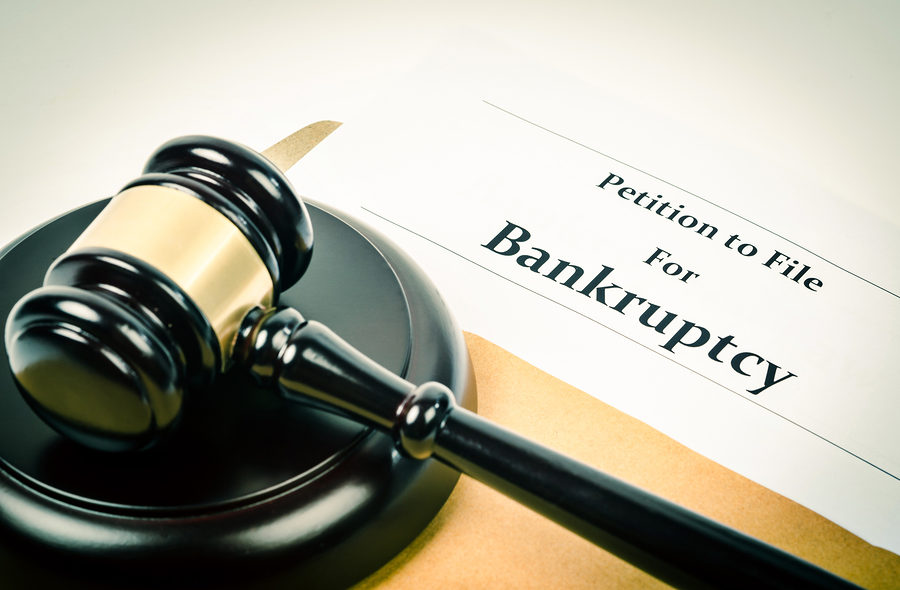Purchasing a vehicle is oftentimes a necessary expenditure. A vehicle is needed to get to and from work or driving to school, but for many Americans, buying a car means taking on a large amount of debt. As they trade in their current vehicles for a newer model, many are resorting to taking the unpaid balance on the car loan and rolling it into a new debt. The result is the person will often have a vehicle that is worth much less than what is owed on it.
This negative equity and is also referred to as being underwater on the vehicle. It is reported that during the first nine months of 2019, approximately 33 percent of consumers who traded their vehicles in to buy new ones had negative equity. Five years ago, this percentage was 28 percent, and it was only at 19 percent ten years ago. The average debt owed on these cars as they were being traded in is around $5,000 while the average amount was $4,000 five years ago.








